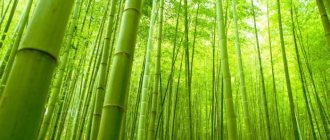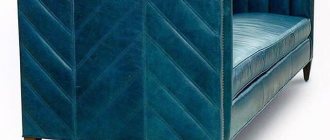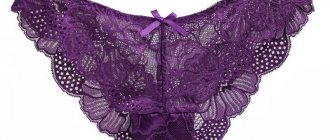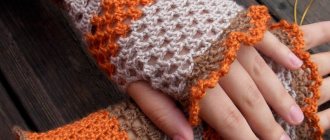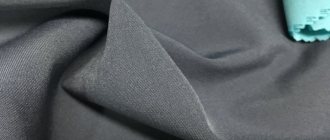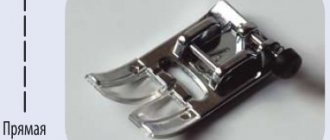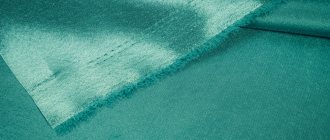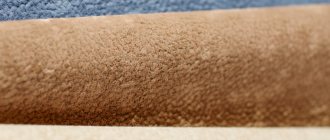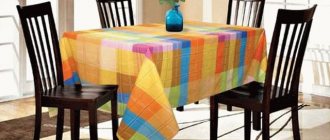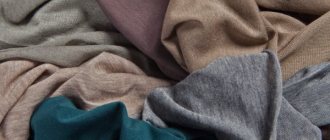Home / Leather and its substitutes
Back
Published: 01/03/2021
Reading time: 4 min
1
545
Eco-leather is a relatively young synthetic material. Consists of a fabric base and a polyurethane coating. In appearance and tactile sensations it is indistinguishable from genuine leather, and in terms of performance properties it is superior to leatherette and other leather substitutes.
- 1 Origin of material
- 2 Manufacturing technology
- 3 Features 3.1 Advantages
- 3.2 Disadvantages
- 3.3 Eco-leather service life
Origin of material
Eco-leather was conceived with the goal of saving animals and avoiding their killing. Scientists struggled for a long time to solve the problem, but they could not achieve a satisfactory result: leatherette and other similar substitutes did not meet the given requirements.
In 1963, American scientists created an analogue of natural leather with the most similar properties. The following year, the Japanese presented their version of synthetic fabric, and then the developments of scientists from other countries followed.
The artificial material was put into production and received the name eco-leather. The transition to its use saved many animals from death, and gave hope to environmentalists for a complete abandonment of natural leather.
Important! Technological breakthroughs have had a positive impact on the environment, as waste and harmful emissions that accompany the industrial processing of natural raw materials have been reduced.
Manufacturing technology
The unpleasant experience of using leatherette affected the attitude towards eco-leather. For now, society remains prejudiced against it and doubts about its quality.
However, eco-leather fabric is a completely different material in terms of its constituent elements and properties. It is a textile base coated with polyurethane. A microporous polymer consists of a combination of organic and inorganic substances, for the production of which rubber, protein compounds, polyethylene or cellulose can be used. Polyurethane does not emit harmful fumes during operation, and thanks to the surface with micro-holes, it allows air to pass through well.
The polymer is applied to the base in a layer of varying thickness. The indicators depend on the purpose of the material: the more powerful the spraying, the denser the eco-leather is and the better it can withstand loads.
Cotton or synthetic fabrics are used as a base: polyester, microfiber. The combination of breathable textiles and a microporous polymer layer ensures the passage of air to the surface of the body, eliminating the greenhouse effect.
Eco-leather bags
Since polyurethane is characterized by excellent wear resistance and frost resistance, eco-leather bags have the same qualities and are in great demand.
In addition, such products look very presentable, since the cotton base allows you to realize the most incredible, crazy ideas of designers.
Eco-leather materials are characterized by flexible properties, thanks to which the fabric bends perfectly and is able to take on the necessary shapes.
And the most important is the psychological factor, in which there is no need to destroy an animal in order to show off a prestigious handbag.
Characteristics
Eco-leather does not differ in appearance from natural leather, as it can be easily molded and embossed, accurately repeating the texture of natural material. Depending on the specified requirements, it is made smooth or embossed, shiny or matte.
Advice! The surface of eco-leather will last longer if the surface is periodically treated with leather conditioner. In the summer season - monthly, in winter - once every 3 months.
Advantages
The main advantage of eco-leather is that its production does not require breeding animals for their skins.
Advantages also include:
- wide range of textures, colors;
- Exact match to the appearance of genuine leather;
- strength, abrasion resistance;
- dimensional stability: artificial leather products do not stretch or shrink;
- plasticity: bends well and fits on convex surfaces;
- air and vapor permeability: eco-leather does not interfere with body ventilation, the body does not sweat;
- UV resistance: the surface does not fade;
- not electrified;
- frost resistance: eco-leather does not tan;
- tolerance to temperature changes from -35 to 45 °
